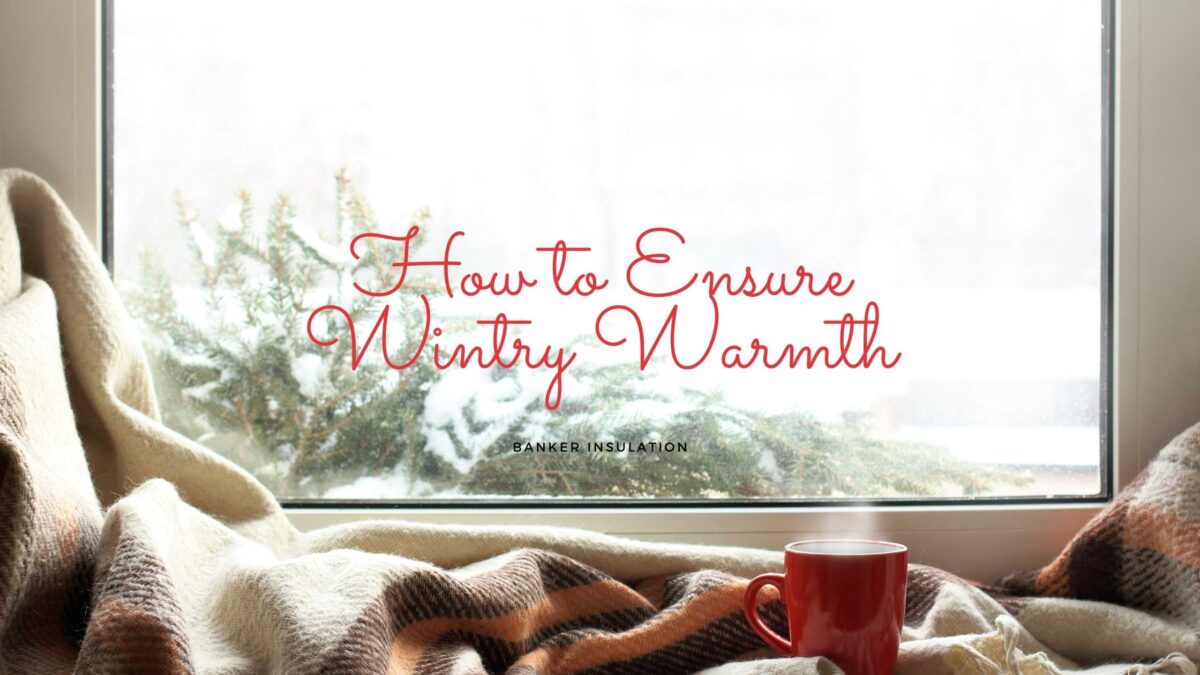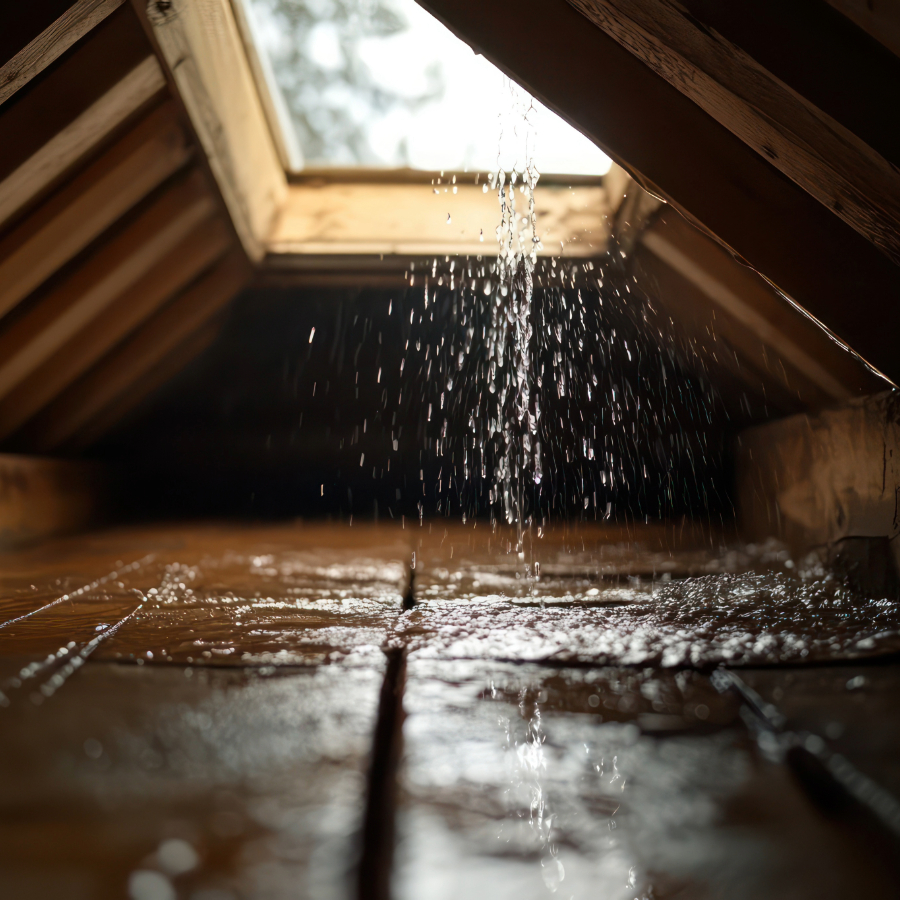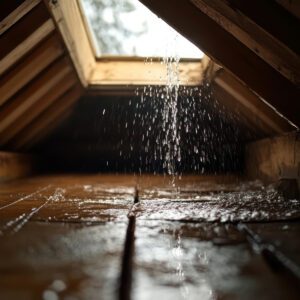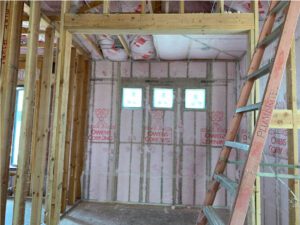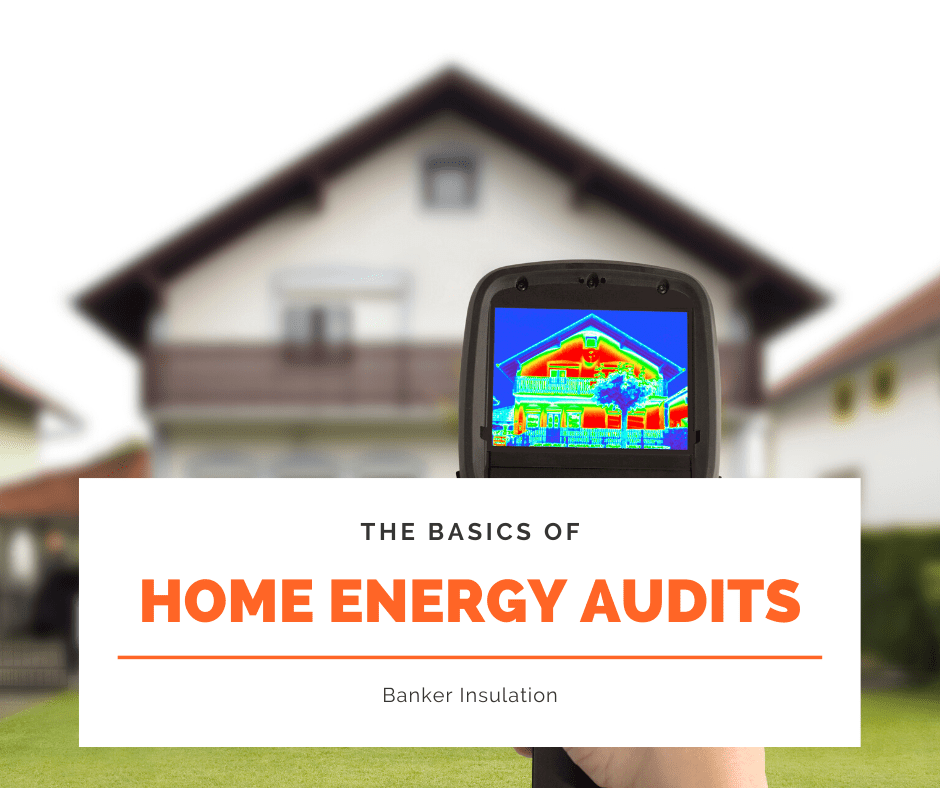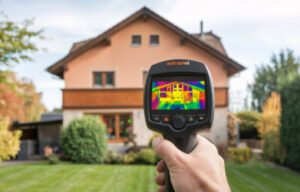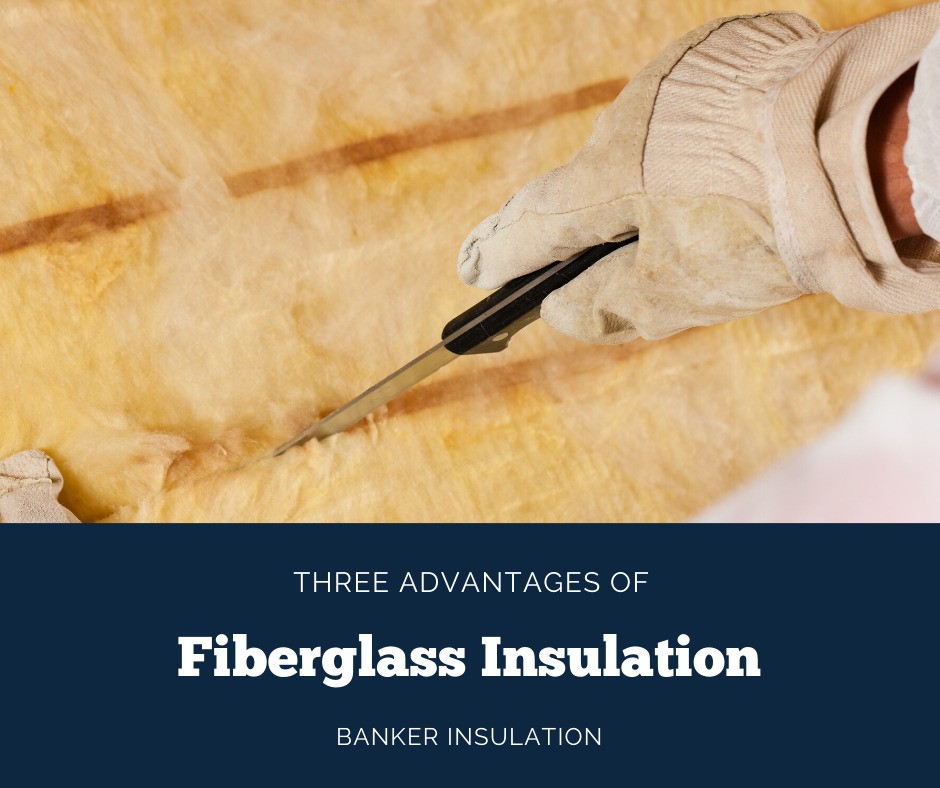Updated January 2024
When winter draws near, fellow Arizona and New Mexico homeowners prepare for the colder months ahead. Even though our desert climate is renowned for its scorching summers, the winter months can still bring chilly temperatures, prompting us to seek ways to keep our abodes warm without driving up our energy bills. Fortunately, there are numerous strategies and winter energy-saving tips that can help us achieve a cozy home environment while also being mindful of energy conservation and cost efficiency.
Seal the Warmth: Tips for Improving Insulation
Two of the biggest contributors to high energy bills are inadequate or damaged insulation and air leaks. When your home’s insulation levels fall below ENERGY STAR’s recommended R-values or become damaged by pests or water, the insulation can’t adequately resist heat flow and becomes less effective. While air leaks around your windows, doors, and other areas of your home allow heated air to easily seep out and cold air to seep in.
The best way to ensure your home has the right amount of insulation in the right place is to hire an insulation contractor to assess your current insulation levels. A professional can identify areas where your insulation may be lacking, such as walls, attics, and crawl spaces, recommend necessary upgrades, and provide you with an accurate cost estimate.
As for air leaks, seal drafts with caulk and weatherstripping to reduce heat loss and cold air infiltration and consider undergoing a home energy audit. During an audit, specialized equipment is used, such as a blower door test and infrared camera, to pinpoint air leaks and provide you with a list of energy efficient home improvements.
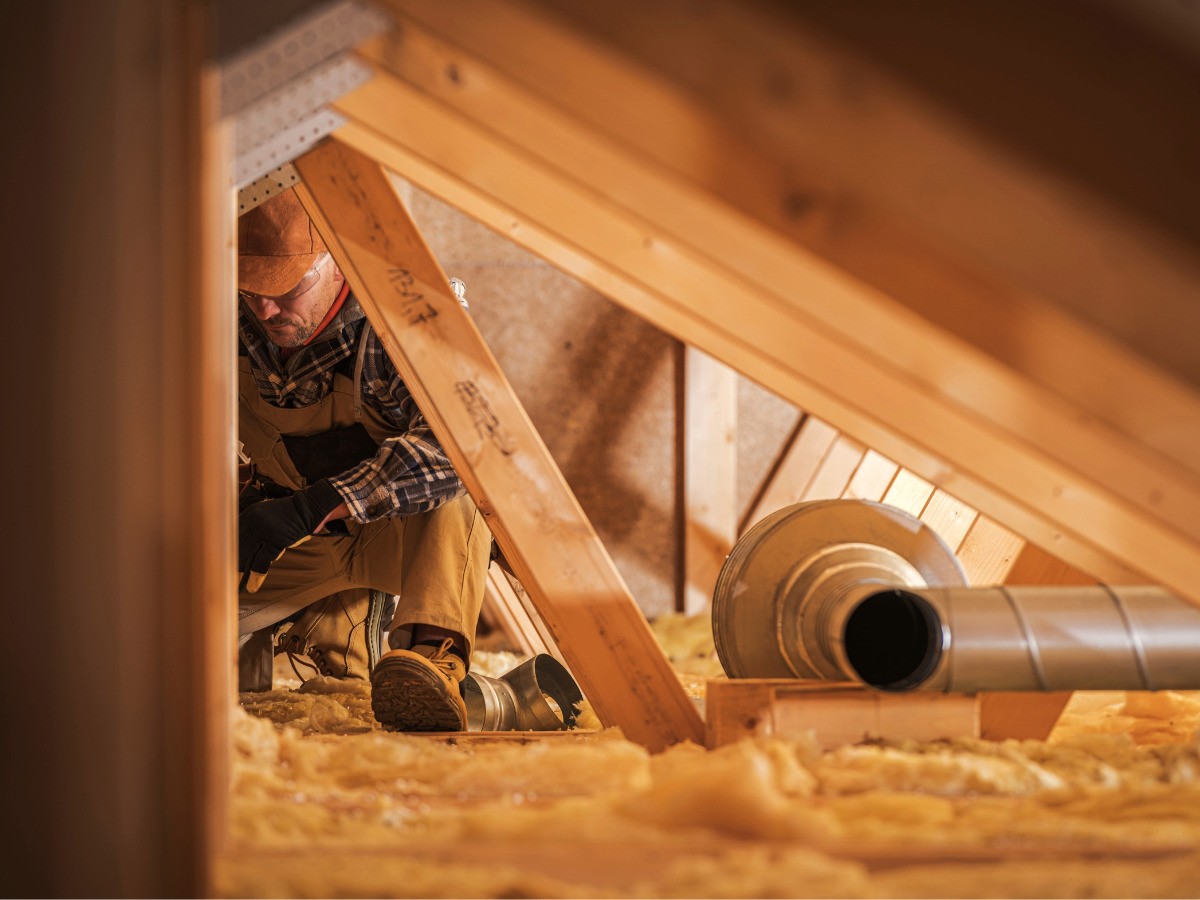
Take the time now, before winter weather hits, to invest in insulation upgrades like fiberglass blown-in wall insulation, spray foam insulation (that insulates and air seals in one step), or extra attic insulation. And be sure to take advantage of any tax credits and rebates that may be available to you.
Mastering Winter Warmth: Strategic Heating & Thermostat Use
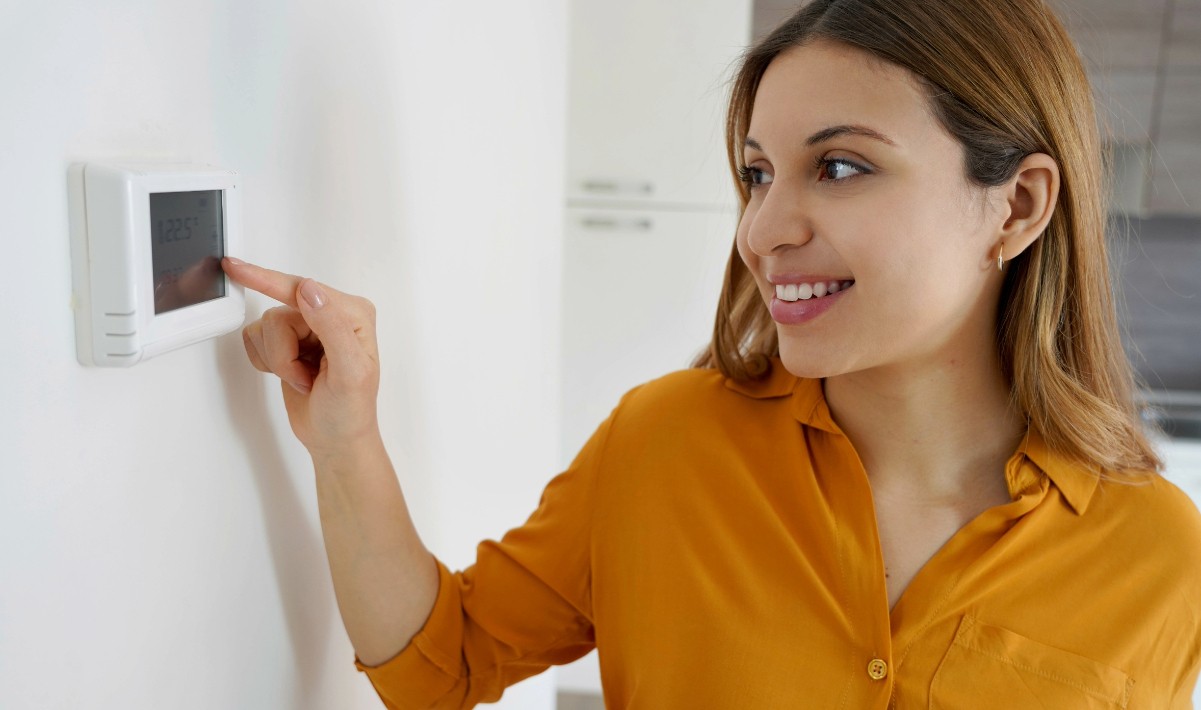
Energy.gov reports that the average American household’s heating system accounts for almost 30% of their total utility bill. This makes it even more important to take advantage of the variety of ways to strategically heat your Southwest home or business, utilizing both technology and applying other simple measures.
During the winter months, it’s important to set your indoor temperature to an ideal setting, preferably 68°F during the day and 65°F at night. A simple programmable thermostat will let you “set it and forget it” while a smart thermostat adjusts temperatures around your schedule, preferences, and the weather. You’re able to monitor and control your smart thermostat using your smartphone. Both thermostats are effective choices that reduce energy consumption without sacrificing comfort.
Also consider these other strategic heating measures to encourage energy conservation:
- Take advantage of zone heating. Closing doors and vents in unused rooms will allow you to concentrate warmth where it’s needed most, rather than heating your entire house or building.
- Reverse the direction of your ceiling fan. Doing so will draw air up, push the heated air into the corners of your room and send the warm air back down to heat up your family.
- Lower the temperature of your water heater. Keep it set at no higher than 120°F to help save energy.
Let the Light In: Efficient Window Options
Windows are another potential source of heat loss during the cold winter months. Investing in energy efficient double or triple pane windows can improve insulation and reduce cold air infiltration. South-facing windows are particularly beneficial, as they allow for maximum solar heat gain during daylight hours. To further enhance insulation, you can draw thick curtains and blinds at night to trap warm air indoors, while opening them during sunny days to naturally heat your home. Taking these steps can help warm your home or business without turning the heater up and, in turn, help lower your energy consumption.

Embrace the Beauty of a Southwest Winter in a Cozy Home
When temperatures drop and the winter chill sets in, incorporating these winter energy-saving tips into your home maintenance routine will help you stay warm and cozy while also saving money and reducing your environmental footprint. With a combination of insulation upgrades, smart thermostat usage, and efficient window solutions, you can enjoy a comfortable living space throughout the winter season without breaking the bank.
For personalized advice and assistance with your commercial or home improvements geared towards energy efficiency, contact Banker Insulation today. With 18 locations across Arizona and New Mexico, our expert team is ready to provide insulation and energy solutions tailored to your specific needs so you can stay cozy, stay energy efficient, and embrace the beauty of winter in Arizona and New Mexico.

